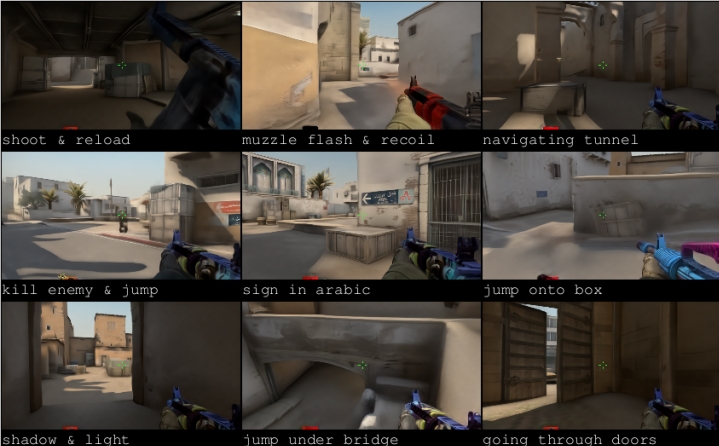This article introduces a new reinforcement learning method called DIAMOND, which uses diffusion models to build world models to improve sample efficiency. The inefficient sample of traditional reinforcement learning methods limits their application in the real world, and DIAMOND effectively solves this problem by training reinforcement learning agents in the diffusion world model. DIAMOND achieved remarkable results in the Atari 100k benchmark and demonstrated its potential as an interactive neural gaming engine.
Reinforcement learning has achieved many successes in recent years, but its inefficiency in sample size limits its application in the real world. The world model, as an environmental generation model, provides hope for solving this problem. It can act as a simulation environment to train reinforcement learning agents with higher sample efficiency.
Currently, most world models simulate environmental dynamics through discrete sequences of latent variables. However, this method of compression into compact discrete representations may ignore visual details that are critical to reinforcement learning.
At the same time, diffusion models have become the dominant method in the field of image generation, challenging the traditional discrete latent variable modeling method. Inspired by this, researchers proposed a new approach called DIAMOND (Environmental Dream Diffusion Model), a reinforcement learning agent trained in a diffusion world model. DIAMOND made key choices in design to ensure efficient and stable diffusion models over a long period of time.

DIAMOND scored an average human standardization score of 1.46 in the famous Atari100k benchmark, the best score for agents trained entirely in the world model. Furthermore, the advantage of operating in image space is that the diffusion world model can directly replace the environment, thereby better understanding of the behavior of the world model and agents. The researchers found that some game performance improvements stem from better modeling of key visual details.
DIAMOND's success is due to the choice of EDM (Elucidating the Design Space of Diffusion-based Generative Models) framework. Compared with traditional DDPM (Denoising Diffusion Probabilistic Models), EDM exhibits higher stability with fewer denoising steps, avoiding severe cumulative errors in the model over a long period of time.
In addition, DIAMOND also demonstrates the ability of its diffusion world model to be an interactive neural game engine. By training on 87 hours of static Counter-Strike: Global Offensive game data, DIAMOND successfully generated an interactive Dust II map neural game engine.
In the future, DIAMOND can further improve its performance by integrating more advanced memory mechanisms, such as autoregressive Transformer. In addition, integrating reward/termination predictions into the diffusion model is also a direction worth exploring.
Paper address: https://arxiv.org/pdf/2405.12399
In summary, DIAMOND provides a new solution to the sample efficiency problem of reinforcement learning, and its successful application in the gaming field demonstrates its huge potential. The future research direction is worth paying attention to, and I believe DIAMOND will continue to promote the development of reinforcement learning field.